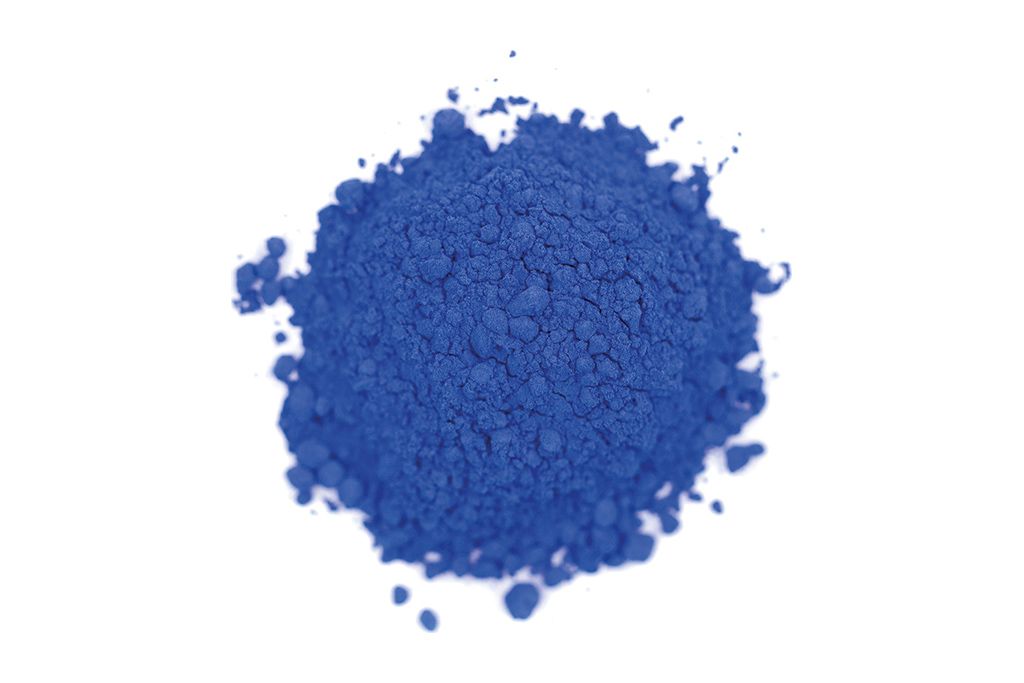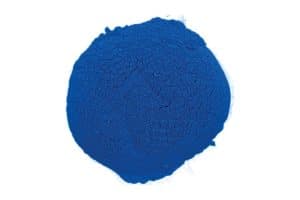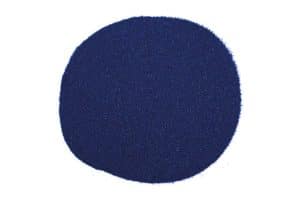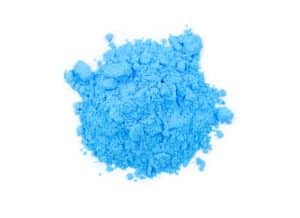Description
Chemical composition: BaCuSi4O10
In nature there are only a few blue colors. In Mesopotamia near Ur and Assur there is cobalt ore – accordingly there
they invented smalt. In Egypt there is no cobalt, only copper, therefore the Egyptians invented Egyptian-blue. For a
long time the Chinese blue of the Han time was a mystery. Today can we offer this somewhat reddish blue barium
copper frit.
Chinese-blue or magenta are full-synthetic pigments – they were created about 2600 years ago by early experiments of
Chinese chemists. The chemical composition of Chinese-blue is BaCuSi4O10, and Chinese magenta BaCuSi2O6. Both
of them are barium copper silicates, made from a barium mineral (for example barytes), a copper mineral (for example
malachite or azurite) and sand (quartz) at about 1000°C. Investigations showed that Chinese magenta contains a
copper-copper connection. Chemical bonds between metals are, except in metals themselves, a chemical peculiarity,
and for today’s experts this is kind of a sensation, that the early Chinese chemists could already produce this bond in
Chinese magenta, chemically a ceramic material.
Probably the recipes of Chinese blue and Chinese magenta are based on Egyptian-blue (CaCuSi4O10), a man made
pigment too, invented by the Egyptians 5000 years ago, obviously from lack of stable natural blue pigments.



